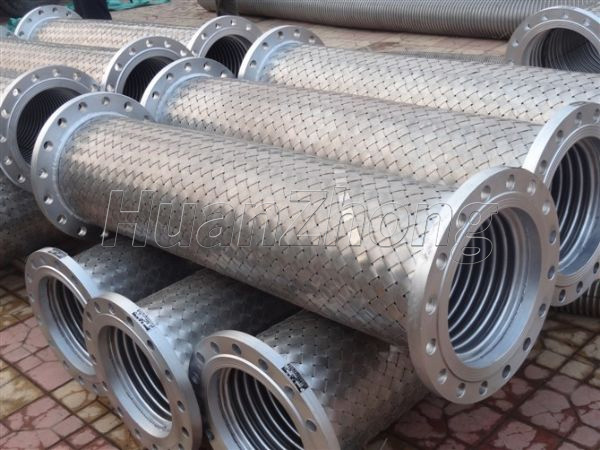What are the steps for selecting pipe expansion joints?
What are the steps for selecting pipe expansion joints? When it comes to selecting pipe expansion joints, several critical steps need to be followed to ensure the right choice for a specific application. These steps involve considering various factors, including system requirements, environmental conditions, material compatibility, and design considerations. In this essay, we will discuss the key steps involved in selecting pipe expansion joints.
System Assessment: The first step in selecting pipe expansion joints is to conduct a comprehensive assessment of the system. This involves examining the pipe layout, dimensions, operating conditions (temperature, pressure, and flow rate), and anticipated movements (thermal expansion, vibration, seismic activity). Understanding the system requirements is crucial to determine the type, size, and configuration of the expansion joint needed.
Expansion Joint Type: Once the system assessment is complete, the next step is to identify the appropriate type of expansion joint. Common types include bellows expansion joints, universal expansion joints, hinged expansion joints, gimbal expansion joints, and pressure balanced expansion joints. Each type has specific features and limitations, and the selection should be based on the system requirements and movement capabilities required.
Material Selection: The material selection for the expansion joint depends on the fluid being conveyed, the operating temperature, and the compatibility with the surrounding pipe materials. Factors such as corrosion resistance, temperature resistance, and pressure rating must be taken into account. Common materials used for expansion joints include stainless steel, carbon steel, rubber, and PTFE (Polytetrafluoroethylene).
Design Considerations: The design of the expansion joint plays a crucial role in its performance and lifespan. Factors such as the number of convolutions, bellows profile, reinforcement methods, and end connections should be considered. The design should be optimized to handle the anticipated movement, pressure, temperature, and corrosive environments. Compliance with relevant industry standards, codes, and regulations is vital.
Manufacturer Selection: Choosing a reputable manufacturer is essential to ensure the reliability and quality of the expansion joint. Consider the manufacturer's experience, certifications, industry reputation, and customer reviews. A reliable manufacturer can provide guidance, technical support, and customized solutions based on the unique requirements of the application.
Installation and Maintenance: Proper installation and ongoing maintenance are critical for the performance and longevity of the expansion joint. Follow the manufacturer's guidelines for installation, including proper alignment, adequate support, and correct torque values for the bolts. Regular inspection and maintenance, such as checking for leaks, inspecting the bellows for damage or corrosion, and monitoring performance, should be carried out to identify any issues early on and take corrective actions.
In conclusion, selecting the right pipe expansion joint involves a systematic approach that includes assessing the system requirements, identifying the appropriate type and material, considering design considerations, choosing a reliable manufacturer, and ensuring proper installation and maintenance. By following these steps, operators can make informed decisions that lead to the optimal performance and lifespan of the expansion joints in their piping systems.
